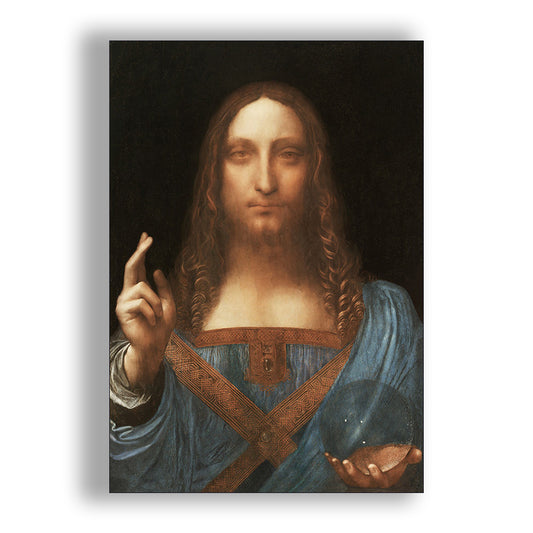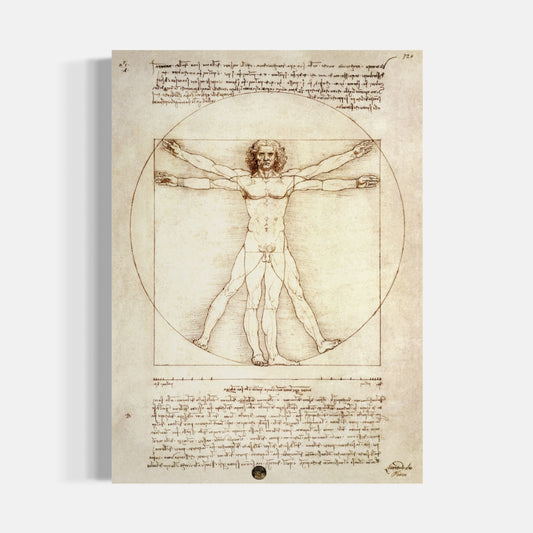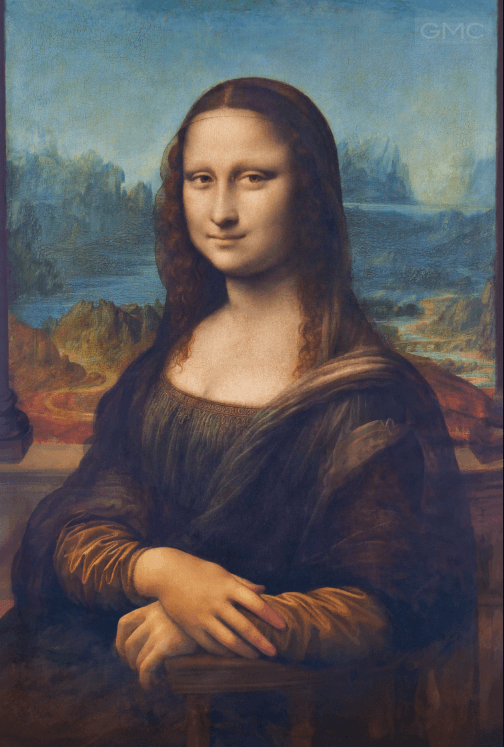
Renaissance
Era: XIVth – XVIth century
The Renaissance appeared in Europe, mainly in Italy, in the 14th century and extended until the 16th century. This artistic movement marks a significant transition from the Middle Ages, rediscovering and drawing inspiration from the ideals and techniques of classical Antiquity. Renaissance painting is distinguished by a quest for realism and naturalism, with particular attention to perspective, proportion and human anatomy.
Renaissance artists, such as Leonardo da Vinci, Michelangelo, Raphael and Botticelli, revolutionized art by introducing innovative techniques like linear perspective, sfumato and chiaroscuro. These techniques create effects of depth and volume, making the works more alive and three-dimensional. The themes covered are varied, ranging from religious subjects to mythological scenes, including portraits and landscapes.
Humanism, the dominant school of thought at the time, emphasized the value and dignity of the individual. This is reflected in works of art through a more realistic and expressive representation of human emotions.
In short, the Renaissance in painting is a movement that transformed art by rediscovering the principles of Antiquity and developing innovative techniques, thus marking a period of great creativity and artistic advancement.
Remarkable Artwork

Mona Lisa
Leonardo Da Vinci
Year of creation: 1503-1506
Estimated Market Value: 800 M$
Original Format: 77cm x 53cm
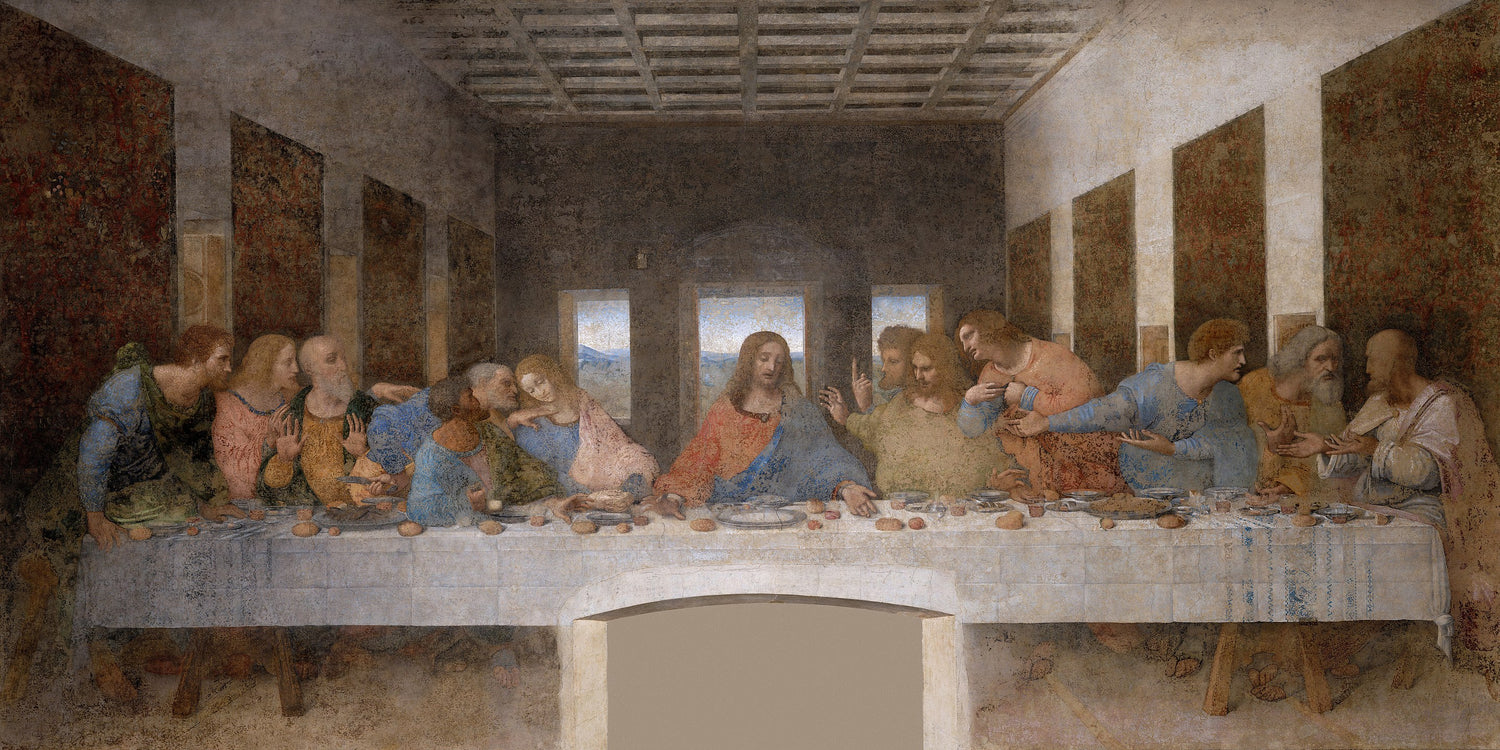
The Last Supper
Leonard De Vinci
Year of creation: 1495–1498
Estimated Market Value: 100 M$
Original Format: 460 × 880 cm
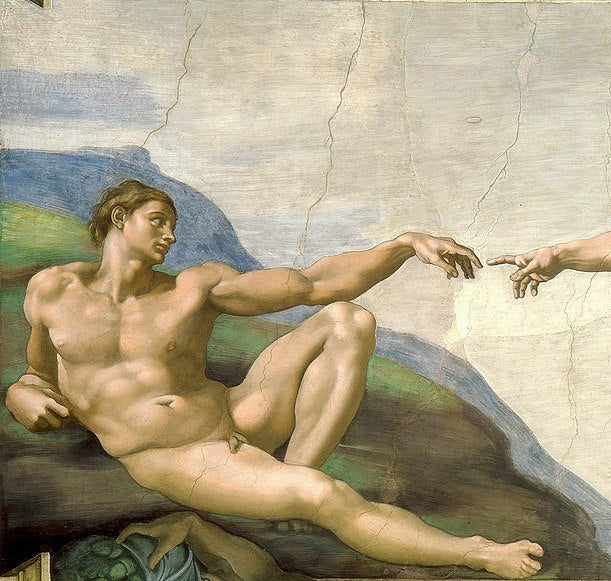
The Creation of Adam
Michel-Ange
Year of creation: 1508-1512
Estimated Market Value: 750 M$
Original Format: 280 × 570 cm
Available to Purchase
-
Salvator Mundi
Regular price From $262.00 CADRegular priceUnit price / per -
The Vitruvian Man
Regular price From $175.00 CADRegular priceUnit price / per




